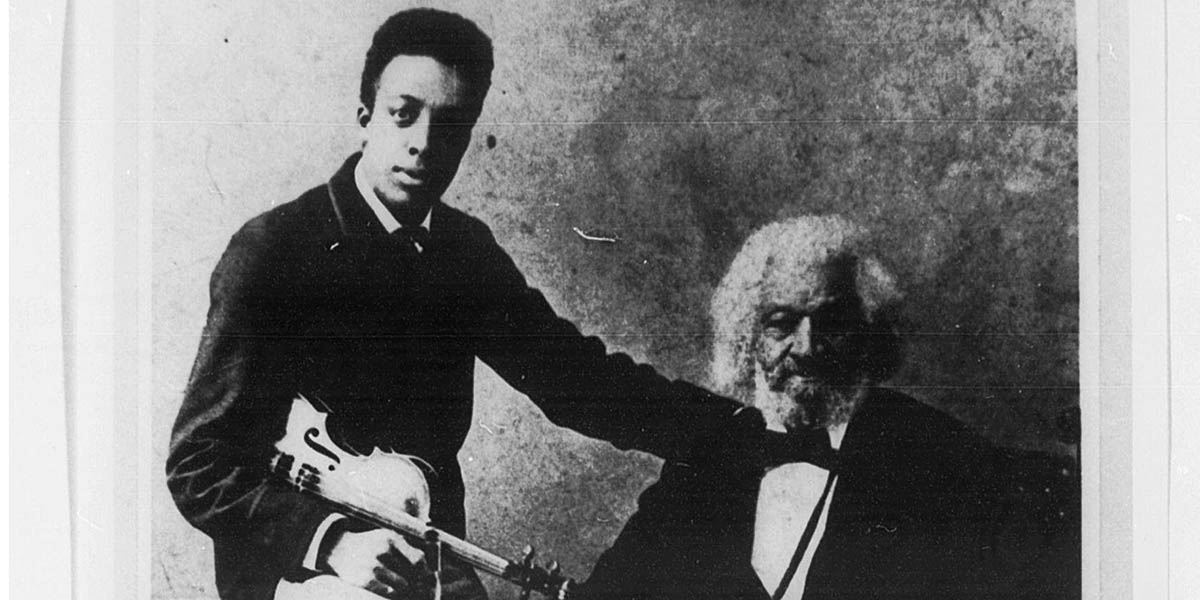Why do we celebrate cultural heritage months? In the United States, celebrations like Black History or Hispanic Heritage months highlight the vast contributions and rich identities of various groups. At Colorado Academy, we continually strive to be a PRISM of our students’ identities and value integrating our students’ culture into our curriculum, yet we need to understand the origins of monthly celebrations and their historical context. Let’s dig deeper by exploring Black History Month.
Black History Month was founded by the Association for the Study of African American Life and History (SALAH) in 1926. The organization was created by Carter G. Woodson, a Harvard-trained historian, and Jesse E. Moorland, a minister. It’s no coincidence that SALAH selected February as the month to celebrate what once began as just a week-long observance. Celebrating the achievements and history of African Americans originally took place in the second week of February to coincide with the birthdays of Abraham Lincoln and Frederick Douglass. The week evolved into Black History Month after the Black Consciousness Movement of the 1960s. Woodson made it his mission to help African Americans rediscover their history.
Heritage weeks and months, from Hispanic Heritage Month and Pride Month to Women’s History Month, have grown out of a need to celebrate contributions from groups that have historically been overlooked. We strive to have a multicultural and anti-bias approach to education. We want our students to be able to consider identity, diversity, justice, and action. We also want our students to be able to see their own experiences reflected in our studies. Through these lenses, we can look at the “big picture,” think critically, cultivate compassion, and consider various perspectives.
I’m proud that I get to work at an institution where students actively share their ideas and want to make cross-cultural connections. This year our Middle School Student Council President, Domonique Megginson, worked with the Inclusivity Committee to spearhead some amazing cultural and cross-divisional experiences to celebrate Black History Month. Middle School advisories are creating thematic door decorations to explain historical events and individuals’ achievements. The doors will be used as a gallery for Lower School students to explore and extend their learning.
We understand that learning doesn’t begin and end with a month. Students need authentic experiences, across disciplines, throughout the year. However, heritage months can serve as a reminder to examine stories of liberation, civic engagement, creativity, and intersectionality the year around.
Sarah Wright
